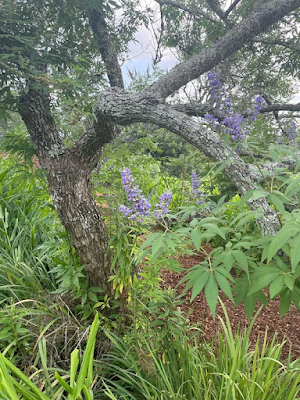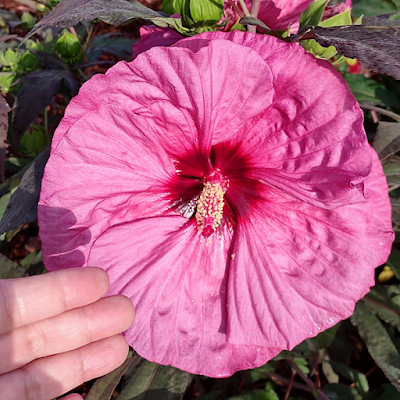I saw birds hit my glass window several times. Many of them can fly away, but few not able to move and even dead.
I can do nothing for helping dead birds. Just feel very sad.
Couple weeks ago, A juvenile woodpecker hit a glass window, and unfortunately couldn’t fly away.
I tried to call several numbers, but got nowhere
After thinking a while, then I called Veterinary school at my city, Baton Rouge, LA. The school then ask me to bring the bird to them in the afternoon.
I drop the bird off at 4.00 pm, and the veterinarian there to help the injured Juvenile Woodpecker.
I was so thankful, because the bird could be saved, and I feel that I have blessing for the day.
However, as I said that few birds are “not able to move and even dead.” As far as I remember they are including:
- cardinal
- warbler
- brown creeper
As many people said that birds hit the window glass because they see reflections of:
- their own, and think that outsiders
# Previous postings:






























